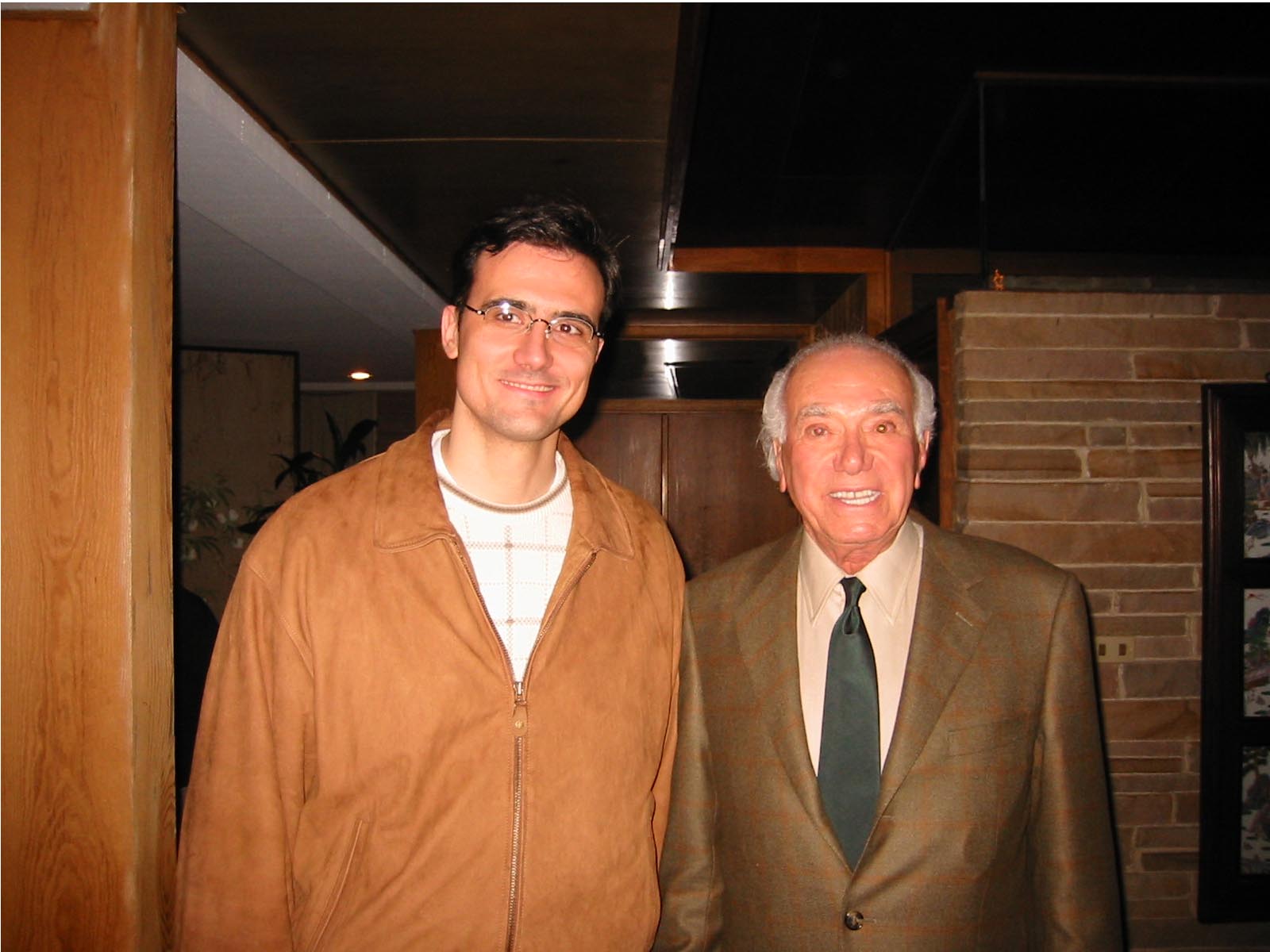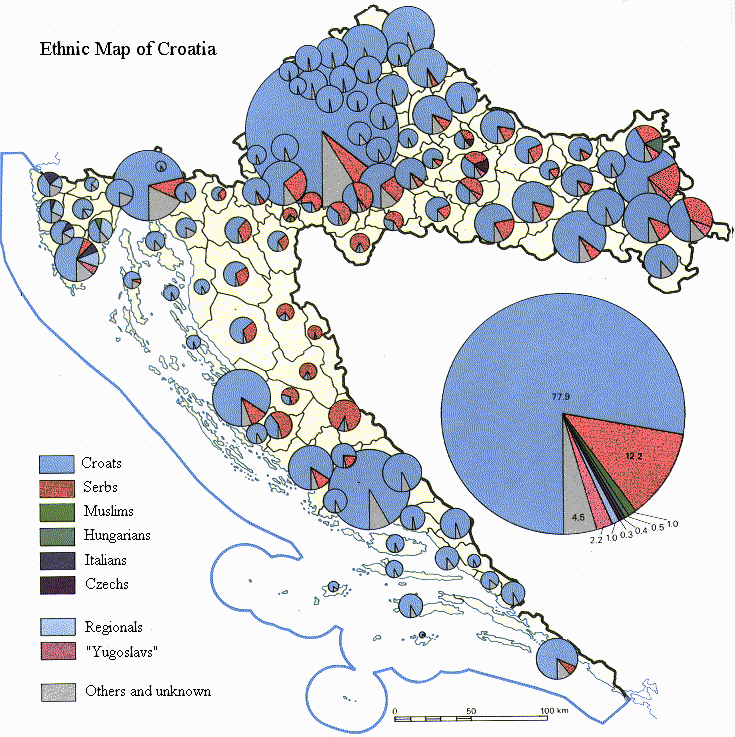�
�
A region of beauty, religion and tragedy.......
�
�
Christmas 2002 will have a special remembrance for Kathleen and myself.� My new Vitreoretinal Fellow for 2003-2005,� Dino Klisovic, M.D. , spent a few days in New Orleans before Christmas.�� We shared our friends with their usual warm hospitality and they were smitten as were we.� After a few pictures taken on our Christmas party tour, there will follow a beautiful presentation on his home Country of Croatia which he put together and brought back my personal memories from a visit long ago.� I hope you will enjoy this effort.
�
�
�


�
�
�
�
�
�
�
(Lt) Home of Mike Nicholl-always fun &friendship.� (Rt) Home of "TG" Soloman - first run�� movie screening in his private theater.


�
�
�
�
�
�
�
(Lt) Dino with Movie mogul "TG" Soloman.������������� (Rt) Dino with David Oreck of Oreck Vacuum Cleaners & accessories.
Former Mayor of New Orleans Moon Landrieu and wife ( parents of Senator Mary Landrieu), Kathleen and Dino.
__________________________________________________
During the dinner and movie showing, I asked Dino to explain the history of Croatia, particularly in this time of civil unrest in the region.� I was fascinated, to say the least, with his in-depth discussion and understanding of the many nuances in this grief stricken area of the world.� The following is a brief summary of his dissertation which I am sure you will find as interesting and informative as did I.
�
�

�
�
�
�
�
�
�
�
Croatia is nestled between Slovenia to the North, Hungry and Serbia to the West, Bosnia� Hercegovina to the South and the Adriatic Sea to the East. Its 4.8 Million population occupies over 32,000 sq. km of land. The language spoken is Croatian, and the official script in use today is Latin.� Parts of the Croatian nation are historically and culturally deeply rooted to the territories of the neighboring Slovenia, Hungary, Bosnia-Herzegovina, Serbia, Montenegro, and also to Austria, Slovakia, Italy, Romania.� The present capital of Croatia is the city of Zagreb (population about 1million).
�
Let us first give a very rough sketch of the main historical periods of the Croatia's past:
| the arrival of the Croats to the Balkan peninsula at the beginning of the 7th century, | |
| the period of Croatian dukes and kings of native birth (until 1102), | |
| Croatia sharing with Hungary a new state under common Hungarian and Croatian kings (1102-1526), | |
| Croatia ruled by the Habsburgs, as a member of the Habsburg Crown (1527-1918, Austro Hungarian Empire from 1867 to 1918), parts of Croatia under Venice, Turkish Ottoman Empire and France, | |
| Croatia in the first Yugoslavia (1918-1941), | |
| The Independent State of Croatia (1941-1945), | |
| Croatia as a republic in Tito's (or second) Yugoslavia (1945-1991), | |
| internationally recognized Republic of Croatia (January |
�����������������������������������������������������������
�
�
�
�
�
�
�
�
�
�
From 1918 to 1929 Croatia was one of the states in the Kingdom of Serbs, Croats and Slovenians. In 1929 it was renamed Yugoslavia and existed as such until 1941 and as a communist state from 1945 to 1991. The Croats are despite all the difficulties the only ones among all the nations of former Yugoslavia whose state has had uninterrupted continuity since the ninth century.
The territory of former Yugoslavia (named so in 1929) was a point of contact of three very different worlds in its past:
| the Catholic West, | |
| the Orthodox East, | |
| and Islam |

�
�
�
�
�
�
�
�
�
�
�
�
�
�
�
The national structure of Croatia is as follows
| Croats 79% (mostly Catholics), | |
| national minorities - Serbs 12.2% (i.e. about 560,000, mostly Orthodox Christians), Hungarians and many other smaller ethnic groups - Muslims (yes, the nation of the Muslim Slavs), Czechs, Slovaks, Italians, Jews, Germans.���� | |
| �There are traces left by the Turkish Ottoman Empire. This civilization, that was present on Croatian soil from the 15th to the 19th century (in eastern parts of former Yugoslavia until the beginning of the 20th century), left a deep imprint. Many Croats converted to Islam. The Muslim Slavs are in great majority of Croatian descent and constitute now a nation, recognized according to their own wish in 1968 (Muslimani has been the usual name since the beginning of the 20th century). Except in Croatia they live today mostly in Bosnia-Herzegovina and Sandzak (a province in the south of Serbia, between Montenegro, Kosovo and Bosnia). |
The roots of the Serbian
1991-1995 aggression
on Croatia and Bosnia-Herzegovina
The scheme for creating the "Greater Serbia", hidden behind the idea of New Yugoslavia, was planned in Belgrade. Up till now we have seen the following main stages:
- canceling the autonomy of Kosovo and Vojvodina through indescribable brutalities in 1987; Montenegro with its puppet regime becoming a Serbian province in political, economical and ecclesiastical sense,
- the withdrawal of the Yugoslav Army from Slovenia and the aggression against Croatia (1991 - 1995),
- the aggression on Bosnia-Herzegovina (October 1991 - 1995), which is the key point of the whole plan. The aim is to obtain ethnically pure Serbian territory by exterminating the Muslim Slavs and
The second stage of this plan started in the region of Knin, a small Croatian town, which used to be the residence of Croatian kings (in the 11th century), inhabited mostly by the Serbs of the Valachian origin, was carefully planned immediately after Tito's death in 1980 and coordinated from Belgrade, disguised as pretended care for the `threatened' Serbs in Croatia. In the beginning it was a very consistent, simultaneous activity of the Serbian Orthodox Church, Yugoslav diplomacy, Belgrade propaganda machinery and armed extremists supported by the Yugoslav army.
The Communist-led partisan forces proclaimed a new Yugoslavia at Jajce, in Bosnia, in 1943, and with their victory in 1945, set up a federal state of six republics, substantially restoring the old borders of Bosnia and Croatia, but splitting Macedonia off from Serbia and setting up two autonomous regions within Serbia. Although it largely returned to the pre-1929 internal borders, Tito's new authoritarian government ruthlessly suppressed any sign of ethnic nationalism, with all power given to the multi-ethnic (in theory, non-ethnic) communist party.
However, the system of control began to break down after Tito�s death in May 1980. To prevent the domination of the country by any one Republic, Tito established a rotating presidency, to come into effect on his death. Each of the six republics, plus the two autonomous regions of Serbia, would have its representative as Federal President for one year. This system achieved its primary goal, but also weakened the President substantially and accelerated the loosening of the system. Still, the impact was not obvious until the leadership of the Serbian Republic adopted an openly nationalist policy in 1987-88, and the Federal leadership was unable to move against them.
In Belgrade� Serbian President Milosevic had determined that areas
inhabited by Serbs would break away if Croatia left Yugoslavia. Serbian
control over the Army ensured that most of its arms ended up in Serbian
hands, although this was less effective than in Bosnia. The new Croatian
government had an advantage in having begun to arm itself in 1990, and in
financial assistance from Croat �migr�s to fund arms purchases. Nonetheless,
Serbs were able to seize about one third of Croatia between June 1991 and
the cease-fire of 2 January 1992. They proclaimed the Republic of Serbian
Krajina (RSK). The territory seized was critical to Croatia. It included the
land access routes to Dalmatian coast tourist sites, most of Croatia's
petroleum resources, and a section cutting the primary access route from
Zagreb into Slavonia. Occasional Serb shelling attacks against coastal
targets, especially the walled old city of Dubrovnik, virtually eliminated
the tourist trade in central and southern Dalmatia.
�
A sufficient indication of the aims of the Serbian aggression is the systematic destruction of Croatian cultural monuments, churches, libraries, museums etc.� Let us see the wonders of this country and the culture that still holds fast even in the face of attempted extinction.
�����������������������������������������������������������������������������������������������
�
COME BACK SOON